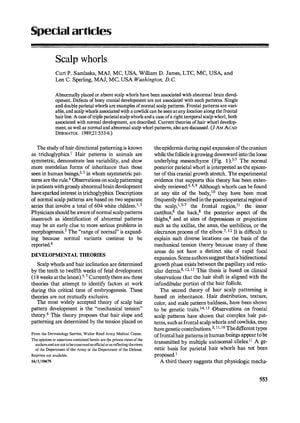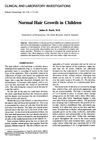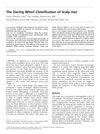Scalp Whorls
September 1989
in “
Journal of The American Academy of Dermatology
”

TLDR Abnormal scalp whorls can indicate brain development issues but may also be seen in neurologically normal people.
The document from 1989 discusses the relationship between scalp whorls and brain development, suggesting that abnormal scalp whorls may indicate issues with brain development but not necessarily with cranial structure. A study of 604 white children showed that normal scalp patterns usually consist of single or double parietal whorls, while frontal patterns are less consistent. Cases of individuals with triple parietal or right temporal scalp whorls exhibited normal development, challenging the idea that unusual whorls always signify developmental problems. Theories explaining scalp patterning include mechanical tension, genetic factors, and physiological processes involving morphogens. The document concludes that while abnormal patterns can be a sign of developmental issues, they can also be present in neurologically normal individuals, and it encourages physicians to use scalp patterns as a tool for identifying potential underlying defects.


